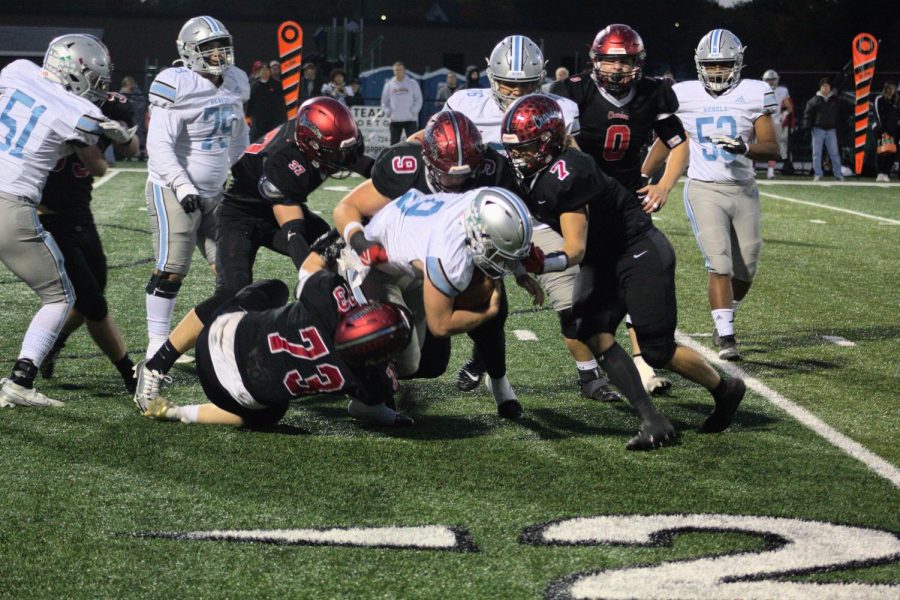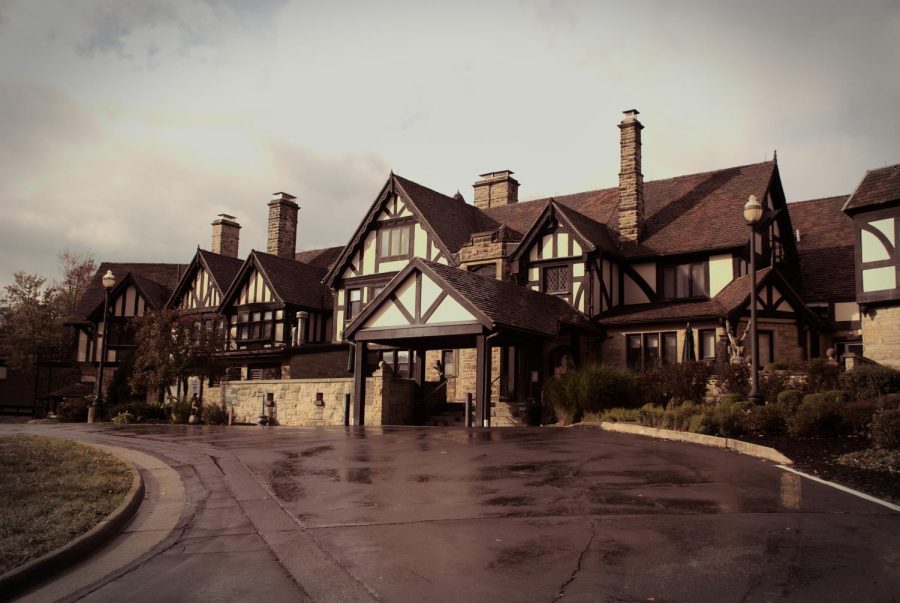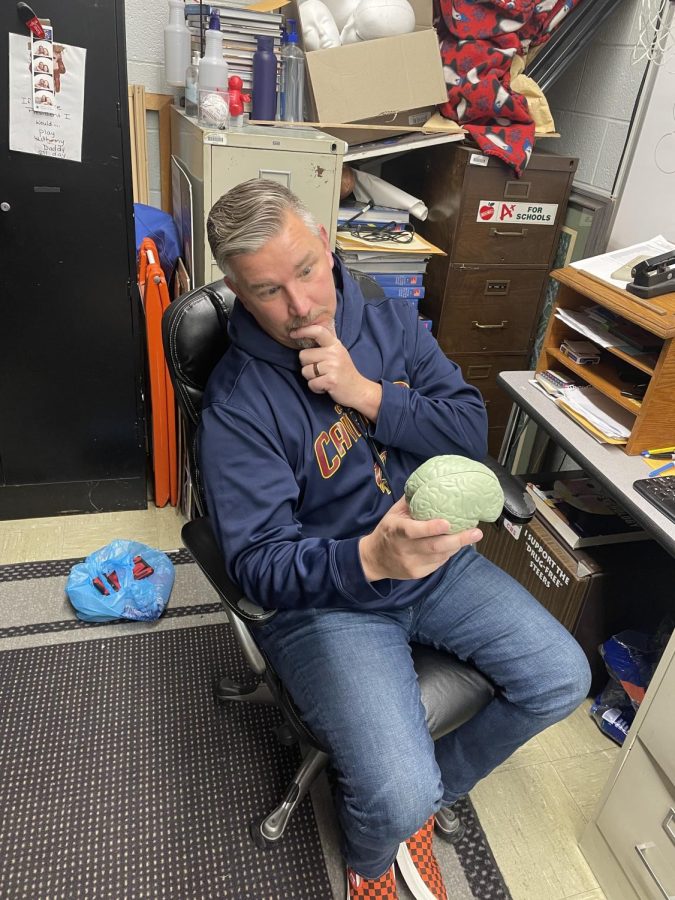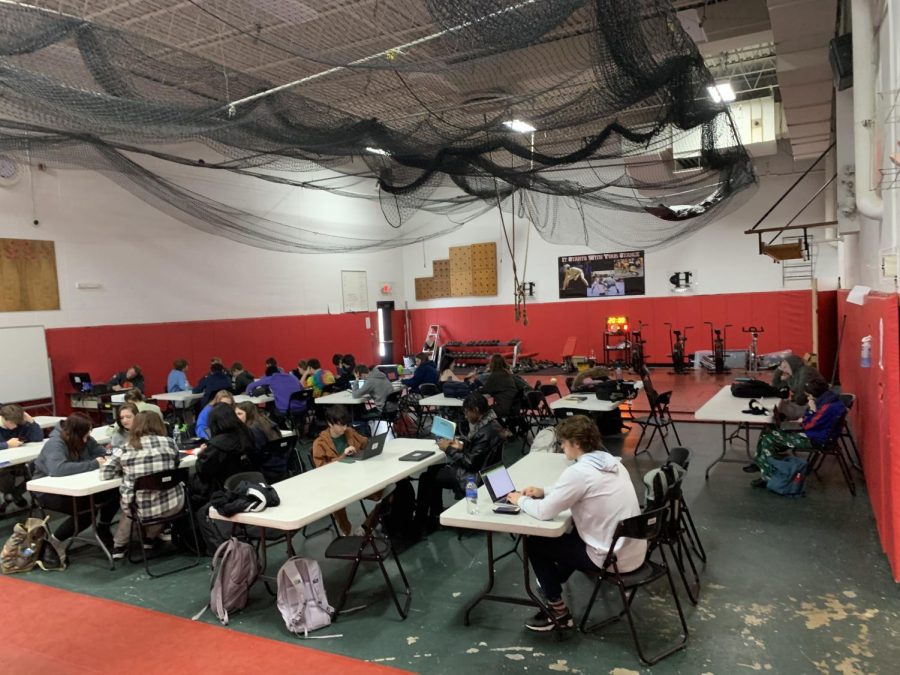Icy roads have persuaded schools to have snow days before because they were unsafe for vehicles, but what about the icy student parking lot? Driving to and parking in the student lot is a benefit for many Chardon High students, but is it safe enough when it is constantly covered in ice? The parking lots are congested at the beginning and end of the school day every day, caused by the student drivers and buses. Schools should create rules that are designed to ensure the safety of students, parents, and staff arriving and departing on school property.
Driving to school is more unsafe and difficult during the cold winter season than in warmer weather. While the cold causes many accidents every year from ice, most accidents occur near elevated roadways, steep hills, low-traffic roads, and runoff areas. Low-traffic areas can include driveways, parking lots, and rural roads. Elevated roadways and steep hills often cause tires to lose friction between themselves and the ground because of the ice covering the roads. The low-traffic roads and runoff areas can sometimes accumulate ice and snow much faster because they are not well traveled and water runs off them more. Winter service vehicles, or snow remover vehicles, are active during the winter in Chardon. The main reason why low-traffic roads and runoff areas are more dangerous is because the snow removal workers do not tend to plow the snow or put down salt as quickly as they do on the more highly traveled roads. When snowplows and the de-icing equipment do get to parking lots, they usually attempt to get parking lots for popular stores and working areas first, and often times school parking lots go unnoticed. Snow removal at the student parking lot starts at 3:30 am. The high school is top on the priority list because there are more vehicles, and after the high school is taken care of, the snow removers move on to the middle school and elementary schools. Mr. Sedlak says the student parking lot requires a special mix to help the ice problems, which is called grit.
“Since the parking lot is mainly gravel, it’s hard to remove the snow and ice. Salt alone does not work well on gravel, so the snow removal maintenance people have to put grit down. Grit is a mix of salt and pebbles.” Mr. Sedlak adds. The pebbles help with friction between tires and the ground, while the salt helps to melt down the ice.
Student Sara Jurgens, a junior, states, “I don’t park in the student parking lot because I learned from the past that it does get really icy. Instead, I park in a development across from the middle school and walk the rest of the way to school nearly every morning during the winter.”
Jurgens also mentioned that she knows of other people who do similar things, like parking in friends’ driveways during school hours and said she realized that the areas where the staff park is not nearly as icy. The point to driving to school is to drive all the way to school and park in a safe lot to avoid the bad weather. The ice on the student parking lot creates problems for many students and causes them to go out of their way and lose time.
People could argue that since winter is so long, there is plenty of time to lay down salt on the parking lots, but the problem may be because the most convenient time to de-ice parking lots would be during the school hours. But, if the lot is full of student’s cars, it would not be effective to put down salt. Yet, there is a compromise for this; the parking lot could simply be salted before or after school or even during the weekends on a regular basis. The sidewalks around the school are also salted by janitors when students are in class. Sometimes large crates of salt are even left near the school entrances, so there is evidence that areas have been salted for the safety of staff and students. If there is time for salting the staff’s parking areas and the sidewalks, there should be time to get rid of the ice found on the student’s lot.

























